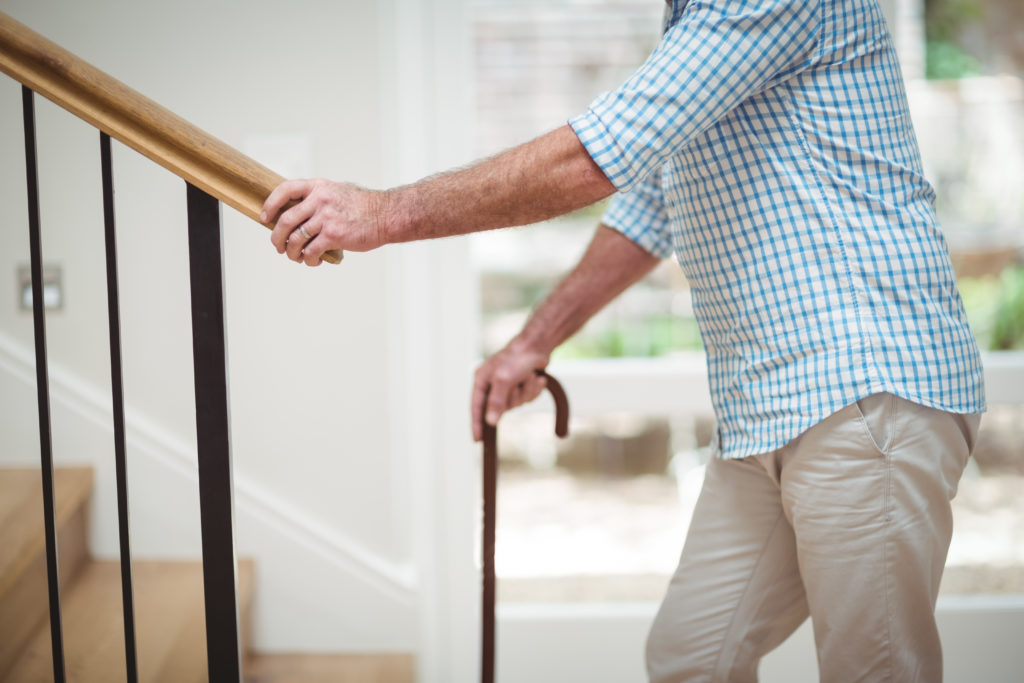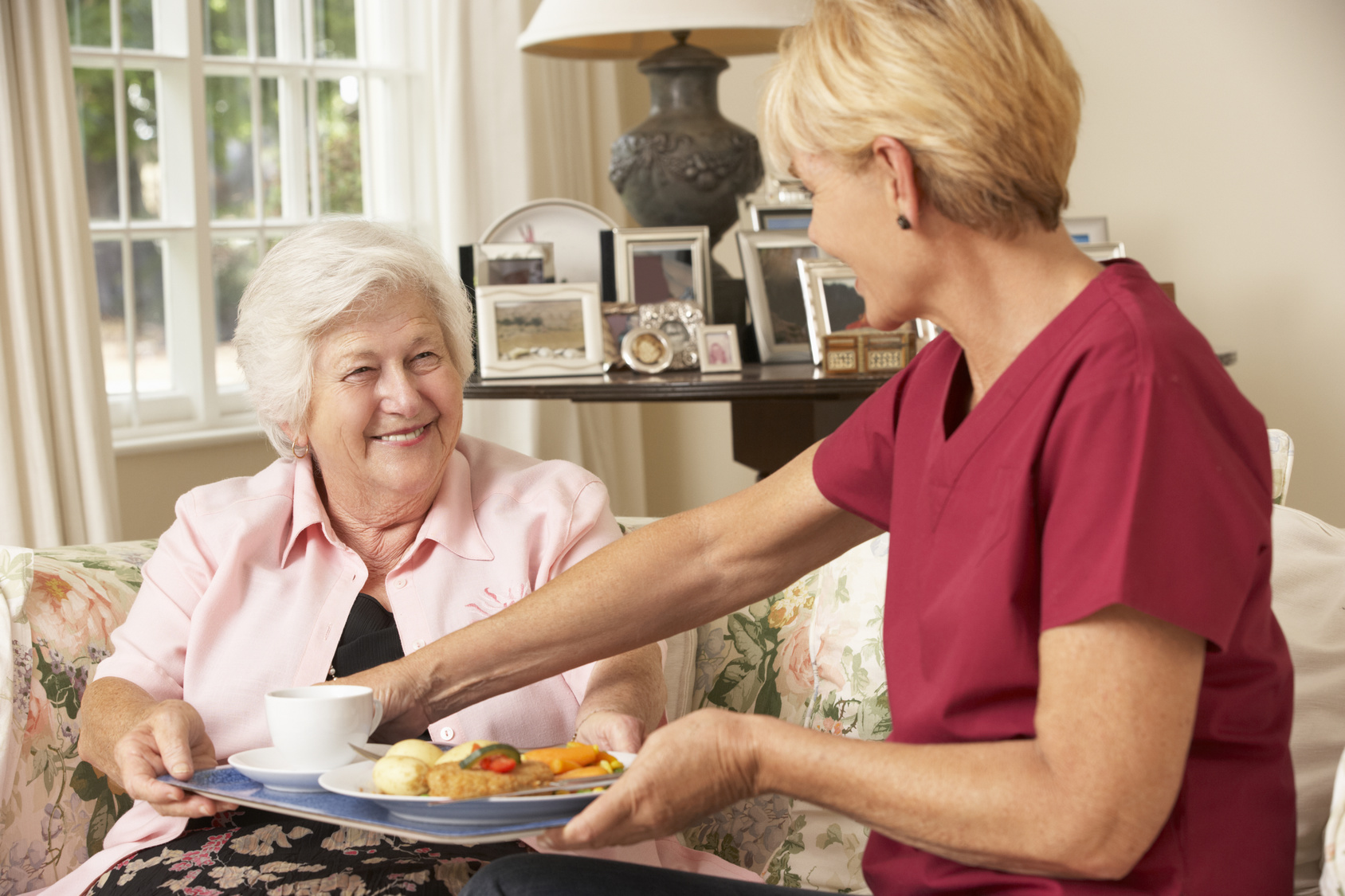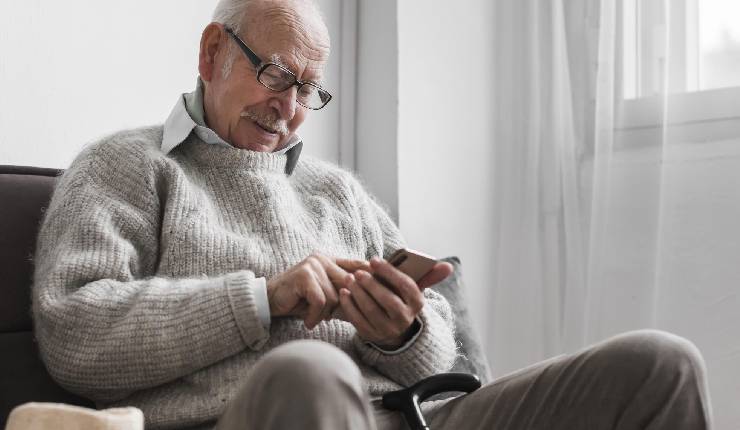Fall detection for elderly with balance problems is a critical aspect of ensuring safety and promoting independence among older adults. As we age, our balance can become compromised, making falls a more common and serious risk. Understanding how to effectively detect and manage these risks is essential for caregivers and families.
In this article, we’ll explore the importance of fall detection systems, how they work, and what options are available to help protect our loved ones. Whether you’re a caregiver, family member, or someone interested in eldercare technology, this guide will provide valuable insights.

Understanding the Risk of Falls in the Elderly
Falls are a leading cause of injury among the elderly, often leading to severe consequences such as fractures or head injuries. According to the Centers for Disease Control and Prevention (CDC), one in four older adults falls each year, highlighting the need for effective preventative measures.
Why Balance Problems Occur
Balance problems in older adults can be attributed to a variety of factors, including muscle weakness, medication side effects, and chronic conditions such as arthritis or Parkinson’s disease. Understanding these underlying causes is key to implementing effective fall prevention strategies.
How Fall Detection Technology Helps
Fall detection technology plays a vital role in ensuring the safety of older adults. These systems use sensors and algorithms to detect falls and alert caregivers or emergency services when an incident occurs. This immediate response can be life-saving.
Types of Fall Detection Systems
There are various types of fall detection systems available, including wearables like smartwatches, in-home sensors, and mobile applications. Each of these systems offers different features and levels of protection, allowing families to choose the best fit for their needs.
Choosing the Right Fall Detection System
When selecting a fall detection system, it’s important to consider factors such as ease of use, accuracy, and cost. Additionally, the specific needs and lifestyle of the elderly person should guide the decision-making process.
Wearable Devices
Wearable devices are popular for their portability and ease of use. These devices often include features like GPS tracking, which can be beneficial for those who are prone to wandering.
In-Home Sensors
For those who spend most of their time at home, in-home sensors offer a reliable solution. These sensors can be strategically placed around the home to monitor movement and detect falls.
The Role of Caregivers and Family Members
Caregivers and family members play a crucial role in fall prevention and detection. By staying informed about the available technology and actively participating in the selection and monitoring processes, they can enhance the safety and well-being of their loved ones.
Training and Education
Providing training and education on the use of fall detection systems is essential. This includes understanding how to set up and maintain the devices, as well as how to respond in the event of a fall.
Integrating Technology with Daily Life
Integrating fall detection technology into daily life can be seamless and beneficial. By choosing systems that align with the lifestyle and preferences of the elderly person, the technology can become a natural part of their routine.
Encouraging Independence
One of the greatest benefits of fall detection technology is its ability to promote independence. By providing a safety net, older adults can feel more confident in their ability to live independently, which can improve their quality of life.
Conclusion
In conclusion, fall detection for elderly with balance problems is an essential aspect of modern eldercare. By understanding the risks, exploring the available technology, and actively involving caregivers and families, we can create a safer and more supportive environment for our aging loved ones.

FAQ
What is the best fall detection system for elderly?
The best fall detection system depends on individual needs, including lifestyle and mobility. Wearable devices and in-home sensors are popular options.
How do fall detection systems work?
Fall detection systems use sensors and algorithms to identify falls and send alerts to caregivers or emergency services.
Can fall detection technology be integrated with other smart home devices?
Yes, many fall detection systems can be integrated with other smart home devices to enhance safety and convenience.
For further reading on fall prevention strategies, you can visit the Royal Australian College of General Practitioners and Mayo Clinic.
Explore more about how smart technology can assist in eldercare with our articles on privacy-friendly solutions and IoT sensors.
This article contains affiliate links. We may earn a commission at no extra cost to you.






